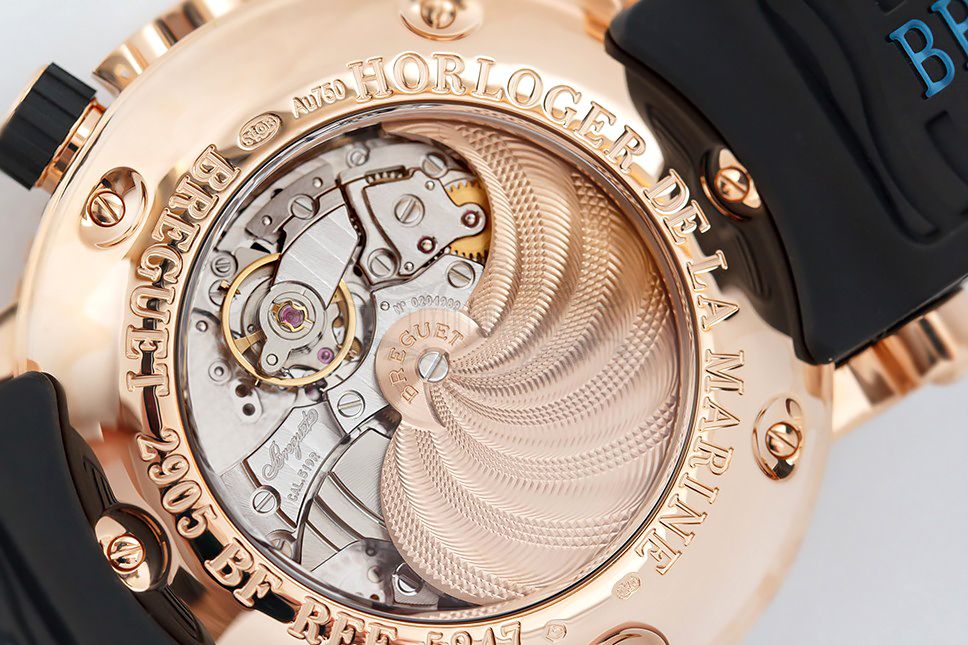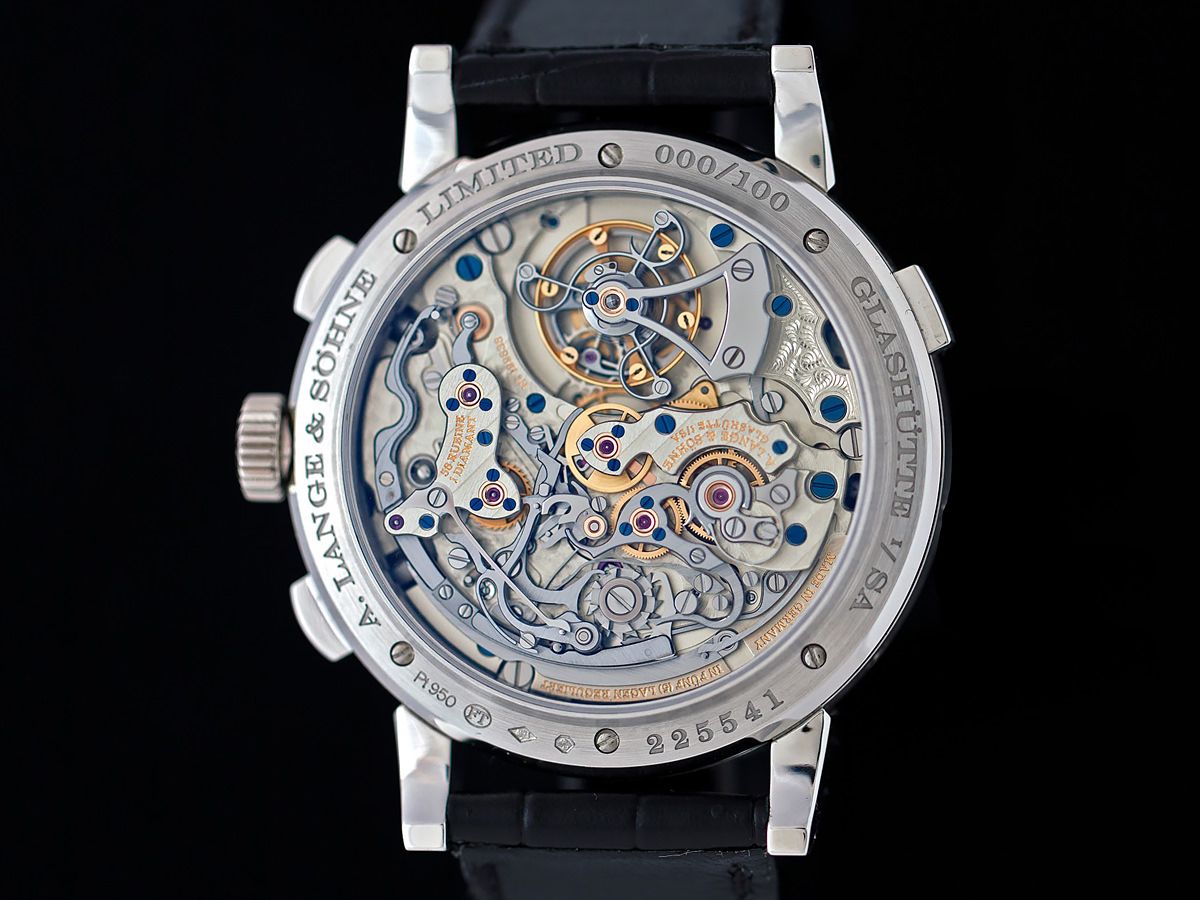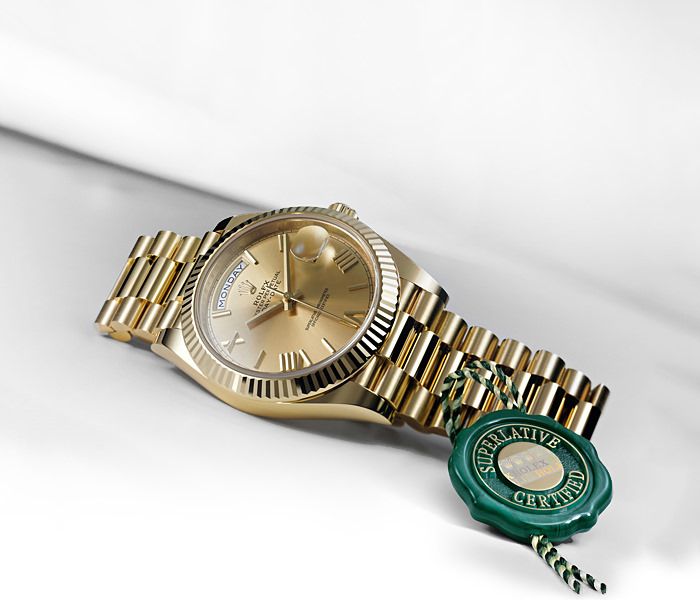FeatureTruth be told: All you need to know about Mechanical Watch Calibres / Movements
A handy checklist you should keep in mind the next time you buy a Mechanical watch
May We Recommend
It’s hard to recall a time when a movement or ‘Calibre’, was the hero of the watch. Clearly, it isn’t the case today at all, with all the limited editions and thousands of brands making similar watches. The very thought of this came into my mind when one of my close friends asked me, “How does a movement matter if I’m wearing a Rolex or an Omega?”, and I answered back by saying “It does”. Though I don’t completely disagree with him; brands do in fact, play a big role when it comes to in-house movements and technical expertise.
Picture a watch movement like the engine of your car, even though each car looks different, what lies beneath the hood is what gives life to the vehicle. Now it’s up to you to settle for either a Mercedes or a Hyundai. And truth be told, you might have to shell out a lot to get a watch with an extremely reliable movement, but don’t be disheartened.
Even if a Rolex or Omega is way beyond your reach, for now, you can still get yourself a good mechanical watch with an extremely reliable mechanical movement. All you have to do is keep a note of these factors to ensure your next automatic watch has a great calibre:
1. Power reserve – Fuel for your engine:
Be it a self-winding or an automatic movement, power reserve generally indicates how much juice your watch can store.
There’s no simpler way to put this, but because mechanical watches aren’t powered by a battery (obviously), they need to be wound constantly. Assume winding to be the ‘mechanical charging’ of your watch. How much of energy can be stored not only depends on the make but also an individual’s lifestyle. And watches are made that way, keeping each lifestyle in mind. For instance: an average diver’s watch will have a good power reserve between 55 – 72 hours because the last thing a diver wants to worry about is whether his watch was fully ‘charged’ or not. Similarly, a daily driver (something you’ll wear every day) should start with at least 48 hours of reserve, if not more. Keep your activities in mind while picking your watch and choosing your desired power reserve.

2. ‘Vph’ or vibrations per hour – How accurate your movement actually is:
Vph or vibrations per hour simply indicates how accurate your watch movement is. It’s almost the same concept as the RPM meter in your car. Every movement is made up of many little components (more than 200 in many instances!) that work together to give you the most accurate time possible, and one of the main components of a calibre is the ‘balance spring’.
Every time it oscillates, there’s an (incy –vincy- tiny ) vibration that gets recorded. Now since the balance spring swings faster and more swiftly than it should in a given span of time, it would obviously influence the overall accuracy of the watch. Thus ‘vibrations per hour’ is simply the number of times your balance spring oscillates (swings, in layman language).
Now if you’re not fussy about your watch being accurate to 1/10th or 1/5th of a second, then this shouldn’t be a grave concern for you. But for serious buyers, like those who are into sports where timing plays a big role, Vph is a big BIG factor going behind purchasing a watch. So next time a mechanical watch says it has 28,800Vph, know that timing of the watch is accurate to 1/8th of a second. And if it says 18,000Vph, it means it’s accurate to 1/5th of a second. If you’re not that fussy about accuracy, a movement with 18,0000Vph is good enough for you.

3. Complications – Complicated?
Absolutely not. The term ‘complications’ is nothing but a fancy word given to different features your watch has and can perform, apart from telling the time. Common complications you’ll find in watches these days are day/date displays, alarms, chronographs, and automatic winding mechanisms among others. You must be thinking why they aren’t just called features instead? But hold on, there might be a story behind that as well.
The more ‘complications’ in a watch means the more ‘complex’ it is to design, assemble and repair your movement. Think about your serviceman having to unscrew 250 different parts in case something goes wrong with your watch!

And to get facts straight, a simple date display chronograph watch has up to 250 parts inside. While an even more complex watch may have a thousand or more parts at times. Maybe that’s why they’re called ‘complications’ (I’m not saying that’s the original inspiration behind the term).
Watches with several complications are of course, really expensive! And a watch that shows you only hours and minutes is thus called a ‘simple movement’. Chose the one that fits your bill and I hope I’ve solved this doubt in your mind once and for all.

4. Jewels – No they’re not the precious stones on your watch:
They’re in fact, donut-shaped screws made of ruby or sapphire that reduce friction among all the many parts functioning inside your mechanical movement. This wasn’t even a big criterion until the late 1800s because a good watch back then had only 8-15 jewels. But don’t just restrict them to being screws only. Jewels ensure low friction, long life and dimensional accuracy of your mechanical movement. And even though the number of jewels a watch has is a good indication of the movement’s overall quality, don’t consider this as an absolute standard. Some watches do have a significant number of jewels but don’t really add to the watch’s accuracy or quality. This is where you question the origin of your movement.
At least now you know jewels aren’t about the bling, but what’s inside your watch.

5. “In-house movement” – Does it really matter?
Without beating around the bush too much, in-house movements are those movements made by (mostly) big watch brands who can afford to not just design the case, dial and strap of the watch, but the movement as well. If you’re thinking about Rolex, Omega, and Carl F. Bucherer right now, you’re absolutely right. But does that mean in-house movements are the king of all movements? Certainly not. Most watch brands outsource their movements from experts in the field, and rightly so because when they have the skills to design a beautiful watch, they don’t want to kill the overall experience by giving you a substandard movement, just to get an ‘in-house’ tag.
In fact, the Valjoux 7750, one of the most outsourced movements in the watch world, used by almost every major brand out there, is the most successful and reliable chronograph movement ever made! So don’t let that in-house tag scare you (unless that’s what you’re looking for). Just ask for the origin of the movement.
Quick tip: There’s no question that Swiss-made mechanical movements are the most reliable ones in the world, but Seiko, for example, produces its own ‘in-house’ movements in Japan, and they’re equally good (and not very expensive either).

6. Winding your timepiece – There are only two ways:
You must have read “The following watch gives you a healthy power reserve of 72 hours when fully wound.” But what’s fully wound and how do you wind your watch? To start with, there are only two known ways to wind your mechanical timepiece (if you know of more, do let us know), i.e., manual – which is using your crown like a key to wind it to maximum capacity OR automatic – where the watch winds itself with the help of a rotor (which you can see on the case back image below). Some watches do have a power reserve indicator to tell you how much power is left, and if there isn’t one, do the math depending on the amount of power reserve your watch has.

Watch movements can be really interesting for many reasons: the origin, history, technical aspects, reliability, and complications. They can also be interesting for the simplicity, honesty, and sheer craftsmanship. But what has made watch movements uninteresting, is the lack of knowledge about them, partly not shared by watch stores in India or because the owner isn’t interested in it at all. Don’t let someone pass on an unreliable watch to you, just because it’s “an automatic”. Keep these tips in mind next time you go out to buy your mechanical timepiece.
Missed something we should’ve added to the checklist? Let us know in the comments section below!






